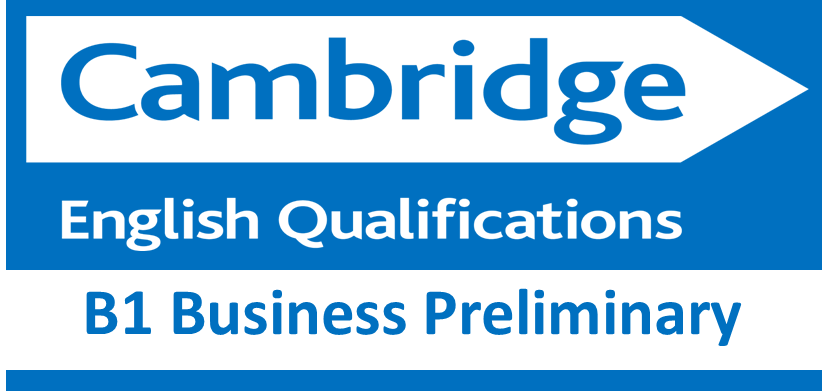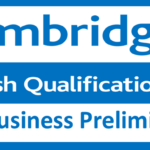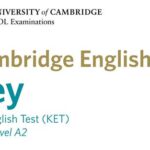Business Preliminary: Vocabulary List gives a guide to the vocabulary needed when preparing for the Cambridge English: Business Preliminary examination.
Business Preliminary: Vocabulary List for students and teachers.
Background to the list
The Cambridge English: Business Preliminary Vocabulary list was originally developed by Cambridge English in consultation with external consultants to guide item writers who produce materials for the Cambridge English: Business Preliminary examination. It includes vocabulary from the Council of Europe’s Threshold (1990) specification and business-related vocabulary which corpus evidence shows is high frequency. The list covers vocabulary appropriate to this level of English and includes receptive vocabulary (words that the candidate is expected to understand but which is not the focus of a question), and productive vocabulary (words that the candidate needs to know to answer a question). The list does not provide an exhaustive list of all words which appear on Cambridge English: Business Preliminary question papers and candidates should not confine their study of vocabulary to the list alone.
How the list is updated
Usage of business language can change rapidly, as shown by the growth of email correspondence and associated vocabulary in the last ten years. In order to maintain its currency, the wordlist is updated on an annual basis by the addition and removal of words, using a corpus-based approach. Suggested additions to the wordlist are collated and the frequency of these words is obtained by reference to established corpora (electronic databases). The corpora in question represent receptive and productive language in business and general contexts. The main corpora used for the validation of the Cambridge English: Business Preliminary wordlist are: • the Cambridge Learner Corpus (CLC) which includes over 20 million words of written learner English at six levels; • the British National Corpus (BNC) which incl udes 100 million words of written and spoken native speaker data, including four million business-oriented words; • a web-derived corpus of business-related articles which includes 120,000 words from US and UK business articles.
How the list is organised
• Word sets
Some categories of words which a learner at this level might be expected to know are not included in the alphabetical list but appear separately in Appendix 1. These include word sets such as numbers; days of the week; months of the year; countries and languages.
• Exemplification
Example phrases and sentences are given only where words which can be used with different meanings have been restricted in the extent of their usage at Cambridge English: Business Preliminary level. For example, trust is exemplified as it will only be used on a Cambridge English: Business Preliminary paper with the meaning of having confidence in someone or something, and not with the meaning of a financial arrangement (such as trust fund or trust unit).
• Prefixes and suffixes
A list of possible prefixes and suffixes is provided in Appendix 2 and these may be combined with the vocabulary items in the list as appropriate. Unemployment, for example, is not included on the alphabetical list, as it is formed from a word on the list – employ – in combination with two of the allowable affixes – un and ment.3 Cambridge English: Business Preliminary Wordlist © UCLES 2006 Words with an affix which is not included in the appendix appear within the alphabetical list. Reliability, for example, is listed, as the suffix – ity is not included in Appendix 2, as it is considered to be difficult for this level.
• Compound words
Compound words are not included in the list where both individual words are present and where the meaning of the compound is literal and transparent, eg businessman. A similar approach has been adopted for two-word and hyphenated compounds, for example, leisure centre and hand- made.
• Multi-word verbs
Multi-word verbs are not included in the list if they have a literal meaning and are composed of verbs and particles already in the list. Examples of literal multi-word verbs are come into and sit down. If the meaning of the verb is not transparent, eg put through, get along, the verb is listed and an example of usage given.
• Topic Lists
As Business English is considered to be a domain in itself, there are no separate topic lists for Cambridge English: Business Preliminary.
DOWNLOAD THE PDF FOR FREE
Click here for more Cambridge English Sample Papers





